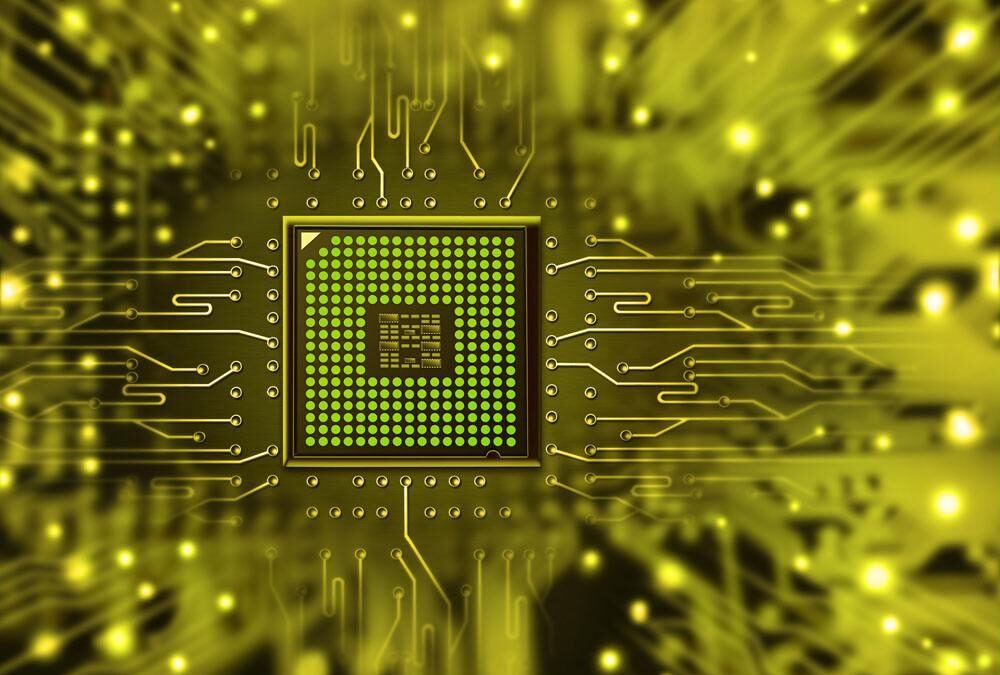Explanation of the volt-ampere characteristics of the diode
The volt-ampere characteristic refers to the relationship between the voltage u applied across the diode and the current flowing through the pole tube, that is, I=f(U). The volt-amperes of 2CP12 (ordinary silicon = pole tube) and 2AP9 (ordinary germanium diode).
(1) Positive characteristics
The first quadrant of the diode voltage characteristic curve is called the forward characteristic, which represents the working condition of the diode when a forward voltage is applied. In the initial part of the forward characteristic, because the forward voltage is very small, the external electric field is not enough to overcome the hindering effect of the internal electric field on the majority carriers, and the forward current is almost zero. This area is called the volts of the forward diode. Safety characteristic curve
Dead zone, the corresponding voltage is called dead zone voltage. The dead zone voltage of the silicon tube is about 0.5V, and the dead zone voltage of the germanium tube is about 0.2V.
When the forward voltage exceeds a certain value, the internal electric field is greatly weakened, the forward current increases rapidly, and the diode is turned on. This area is called the forward conduction zone. Once the diode is turned on, as long as the forward voltage changes slightly, the forward current will change significantly, and the forward characteristic curve of the diode is very steep. Therefore, when the diode is forward-conducting, the forward voltage drop on the tube is not large, and the change in the forward voltage drop is small. Generally, the silicon tube is about 0.7V and the germanium tube is about 0.3V. Therefore, when using diodes, if the applied voltage is relatively large, a current-limiting resistor should generally be connected in series in the circuit to prevent excessive current from damaging the diode.
(2) Reverse characteristics
The third quadrant of the diode voltage characteristic curve is called the reverse characteristic, which represents the working condition of the diode when a reverse voltage is applied. Within a certain range of reverse voltage, the reverse current is small and does not change much. This area is called the reverse cut-off area. This is because the reverse current is formed by the drifting movement of minority carriers; at a certain temperature, the number of minority carriers is basically constant, so the reverse current is basically constant and has nothing to do with the magnitude of the reverse voltage, so it is usually called Reverse saturation current.
(3) Reverse breakdown characteristics
When the reverse voltage continues to increase to a certain value, the reverse current in the diode will suddenly increase. We say that the diode has a reverse breakdown at this time. The characteristics of this section are shown in section D of Figure 1.2.6. When a reverse breakdown occurs, the PN junction has a large reverse current, which will cause damage to the PN junction in severe cases. Therefore, ordinary diodes should be avoided from being broken down, but the Zener diode must be in a breakdown state, because it is in the breakdown state. Although the current changes greatly in the penetrating area, the voltage can remain basically unchanged. It is precisely by using this feature that the voltage regulator tube can play a role in voltage stabilization.


